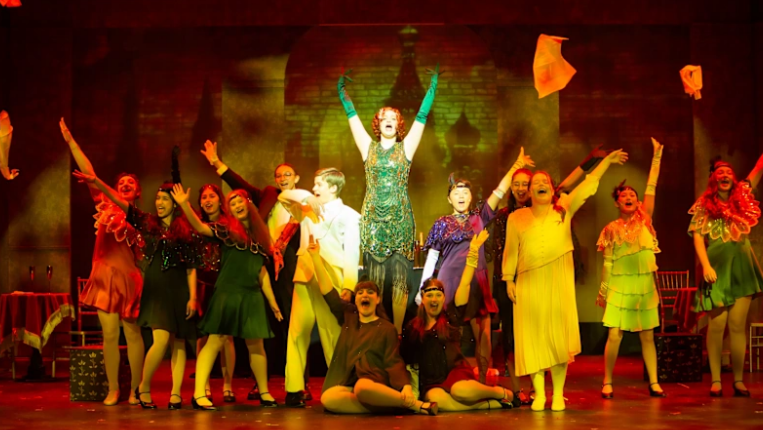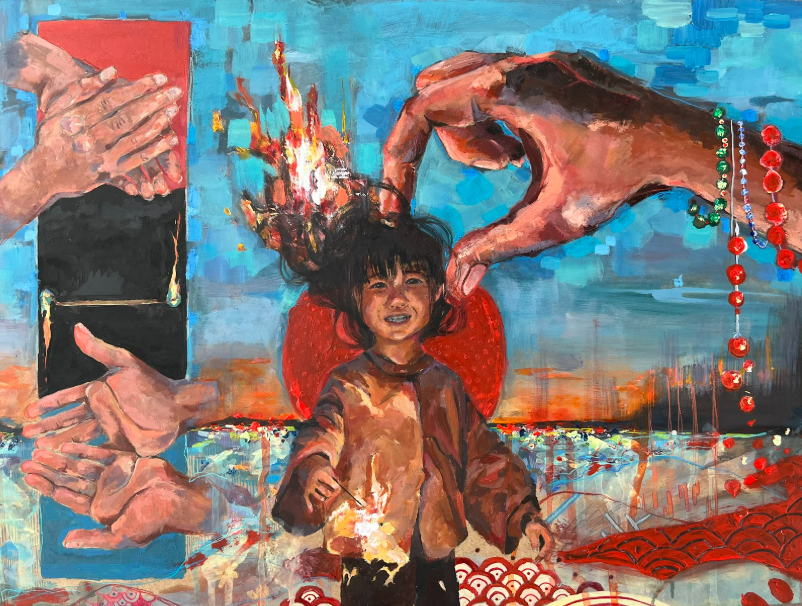The United Nations stands on 42nd Street and 1st Avenue in Midtown Manhattan. Built in 1947, it operates to achieve its ultimate mission: “preserve international peace and security, promote self-determination and equal rights, and encourage economic and social well-being.” I was fortunate enough to go inside and see the different halls and chambers. Our tour guide showed us various rooms in the United Nations Headquarters, highlighting each one’s role in preserving international peace.
The tour started off by introducing me to the different organs of the United Nations, namely the General Assembly, the Security Council, the Economic and Social Council, the Trusteeship Council, and the Secretariat. I was then brought to the Security Council Chamber. This council “determines the existence of a threat to the peace or act of aggression.” (United Nations Charter, Chapter VII: Action with Respect to Threats to the Peace, Breaches of the Peace, and Acts of Aggression, Article 39). Interestingly, the President of the Security Council serves on a rotating basis (following alphabetical order every month). Furthermore, there are fifteen Council Members, ten of whom represent rotating countries while five are permanent. The five permanent members are the United States, the United Kingdom, China, Russia, and France. Chosen due to their alliance during World War II, these five nations hold the largest number of nuclear weapons in the world and have the power to veto any resolution.

After this, I was brought to a map that shows the current UN operations in the world, which are classified into three categories—peacekeeping, peace enforcement/peacebuilding, and conflict prevention. Three different shapes (square, circle, and semicircle) represent the three different categories on the map. However, all of these missions have the same goal: to establish peace and security worldwide.

My tour group was then brought to the Trusteeship Council chamber, which supervises the administration of trust territories as they transition from colonies to sovereign nations. The council suspended its activities in 1994 when Palau, the last of the 11 trust territories, gained independence. An eye-catcher in the room is a statue of a girl with her arms raised in the same direction as a bird with its wings stretched out above her head. This statue symbolizes mankind & hope.

After viewing that, I was directed to see the Economic and Social Council Chamber, which discusses international economic and social issues. Members meet to also “promote higher standards of living and full employment.” (United Nations Charter, Chapter IX: International Economic and Social Cooperation, Article 55). Designed by a Swedish architect named Sven Markelius, the chamber features a curtain in the back named “Diaologos.” Dialogos means Dialogue in English. This curtain signifies the many dialogues said in this chamber in order to ensure international peace and security around the globe. I found it interesting how the ceiling is left unfinished to symbolize that the work of the United Nations will never be finished.

Saving the best for last, I was brought to the General Assembly Hall. This hall is unique as all member states are seen as equal. All 193 countries are represented in a forum for multilateral discussion to work together on a variety of international issues.

The UN tour gave me a better understanding of the role of the United Nations as well as a deeper look into its organizational structure. Despite the many differences and conflicts that exist in today’s world, the United Nations reminds us that we can achieve more together than apart. As we navigate the complexities of the 21st century, the United Nations will stand as a beacon of hope and global cooperation.





